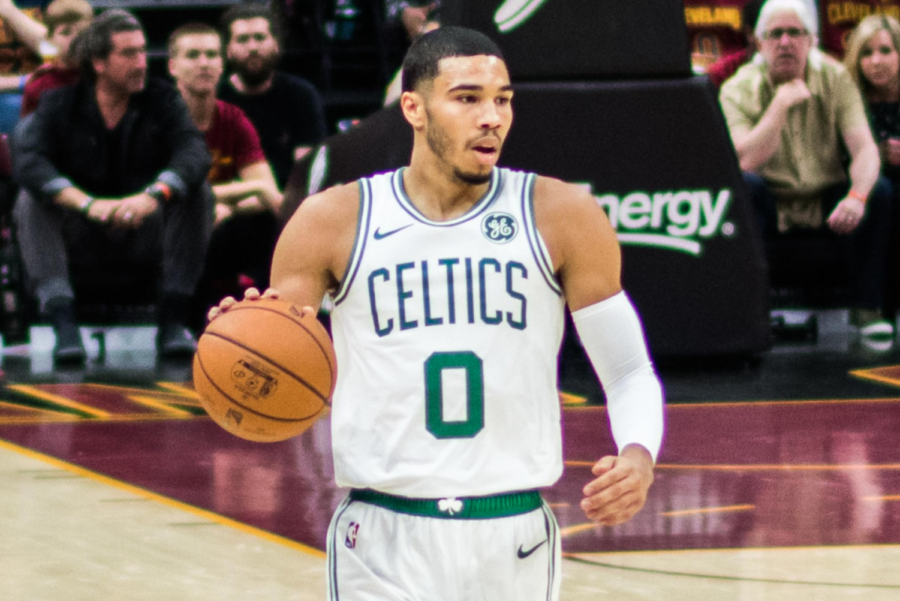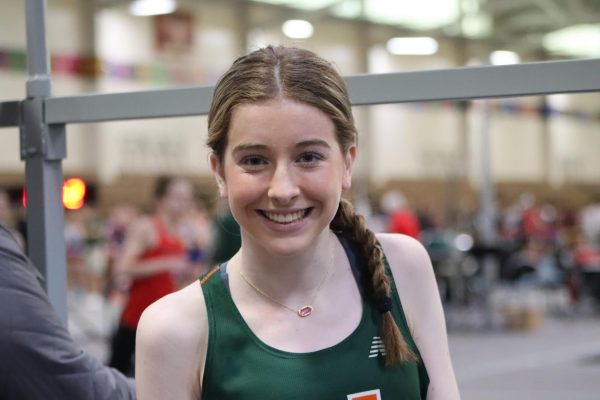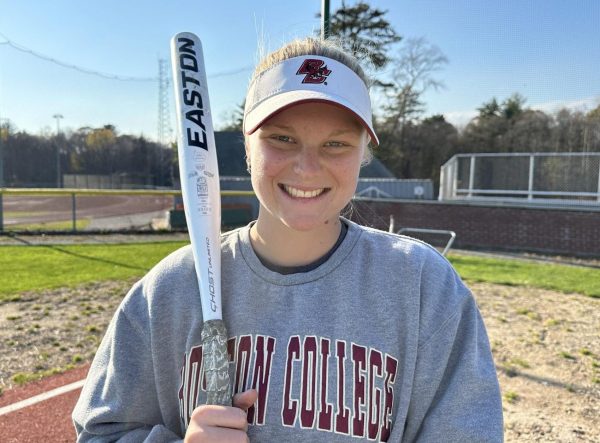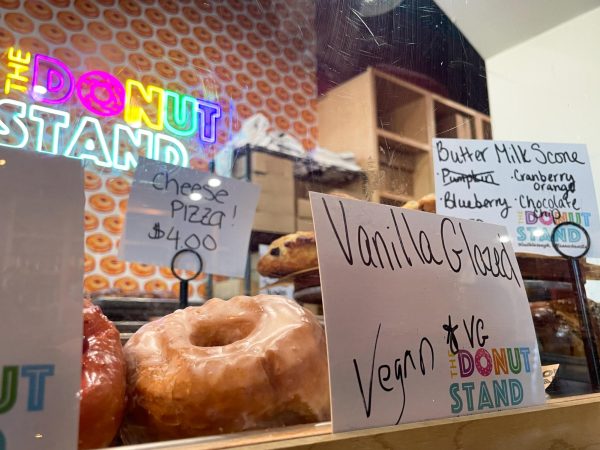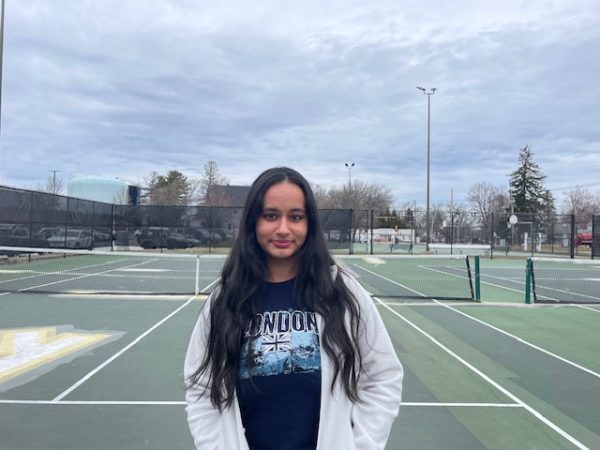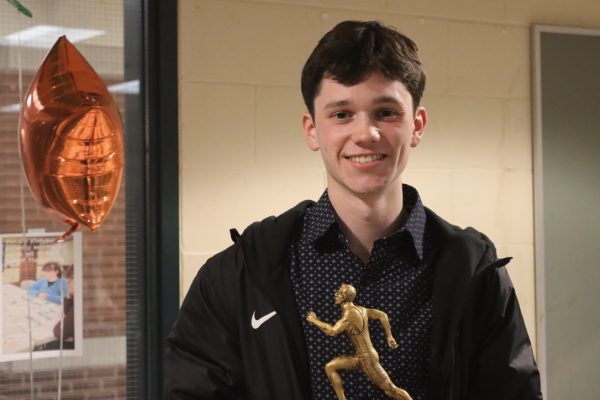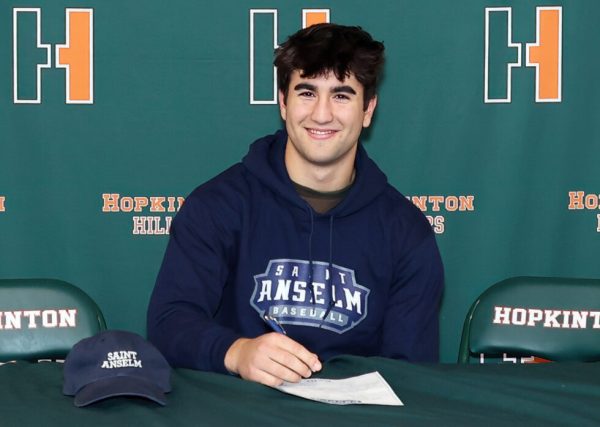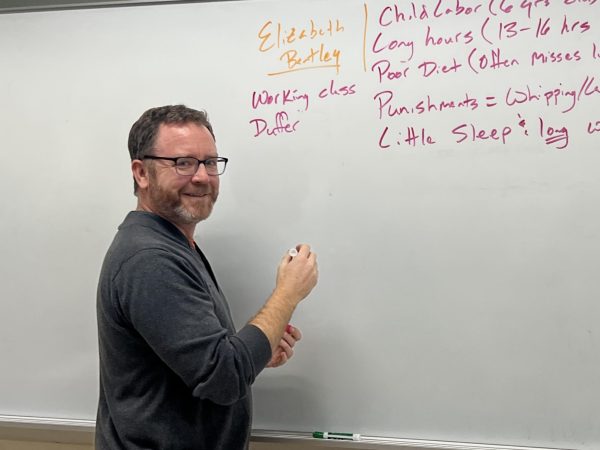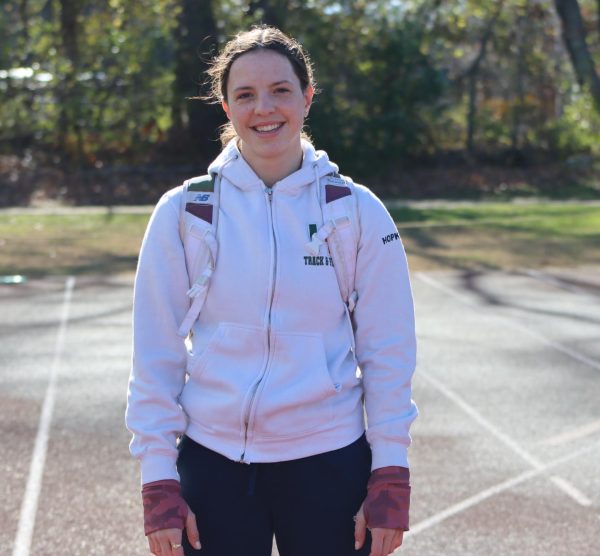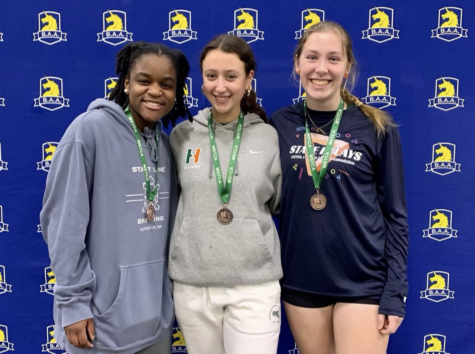Stand for Social Justice in the NBA
As the NBA celebrates Black History Month this February, many Americans reflect on the racial progress of society since the Civil Rights. The NBA has advocated for equality, using its resources to speak out against racial injustice in the United States. Reflecting on the NBA’s advancement requires a deeper look into the history of the association.
In the 1949-50 season, the NBA started its season with a watershed moment – racial integration. Chuck Cooper became the first Black player selected in the NBA Draft. Nathaniel “Sweetwater” Clifton became the first Black player to sign an NBA contract and Earl Lloyd became the first Black player to play in an NBA game. Although integration was achieved, racism remained common, especially in games hosted in the South. The St. Louis Hawks, for example, had a roster, organization, fans, and local hotels and restaurants that denied accommodations to African-American players.
This effectively broke the color barrier in the NBA and opened the door for future generations of Black players changing the league and the game of basketball as we know it today.
As many black players made their way into an integrated league, the Civil Rights movement of the 1960s provided them the opportunity to use their platform as leaders against racism. In the 1962 season, two Boston players and future Basketball Hall of Fame members, Sam Jones and Thomas “Satch” Sanders, were refused service in the coffee shop at their team hotel in Lexington.
“We had gone downstairs to eat, and they said, ‘Well, we really can’t serve you, people,’” Sanders said in 2018. Russell and four other black players boycotted the game, taking a flight back to Boston before the game.
A day after the 1961 boycott, Russell told reporters, “We’ve got to show our disapproval of this kind of treatment or else the status quo will prevail. We have the same rights and privileges as anyone else and deserve to be treated accordingly. I hope we never have to go through this abuse again.”
Almost 60 years later, Russell watched the newest generation of NBA players take action for similar reasons.
During COVID-19, when players resided in the NBA’s “bubble” in Orlando, Florida, the murder of innocent black people by police stirred outrage and led to nationwide Black Lives Matter protests. Many players chose to play because they saw the opportunity to amplify their message.
On the opening night of the league’s resume of play, players from the Jazz and Pelicans collectively kneeled for the national anthem. Celtics all-star Jaylen Brown had stated that: “Our job at the least is to keep these conversations going. We’re not political elites. We’re not politicians. We’re not educators. But we have influence.”
A significant moment in this season came in late August, when the top-seeded team in the Eastern Conference, the Milwaukee Bucks, decided to boycott game five of the first-round series against the Orlando Magic. This boycott came as a response to the shooting of Jacob Blake by police in Kenosha, Wisconsin. Other teams subsequently boycotted their own playoff games in solidarity with the Black community, leading to the league temporarily pausing the season. This begged the question of whether playing in the Bubble was contributing to the fight for racial justice or distracting players from addressing racial issues.
There were several new initiatives, mostly aiming to increase voter turnout both within and beyond the NBA. Only 22 percent of eligible NBA players voted in 2016, whereas more than 90 percent of eligible players are registered to vote as of October 4, 2020, including all players on 15 of the league’s 30 teams.
In addition, 20 teams across the United States have turned their arenas into polling locations, making it easier for basketball fans and non-basketball fans alike to cast their ballots.
Players share a love of basketball and a commitment to their values. In a vocal time, their actions serve as examples that athletes aren’t forced to choose between advocating for their values or their careers. They can do both.

